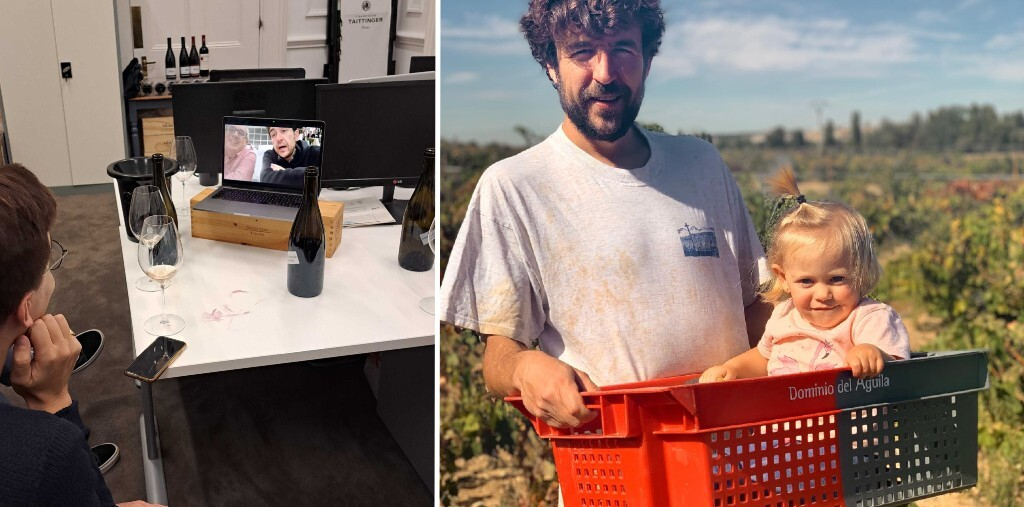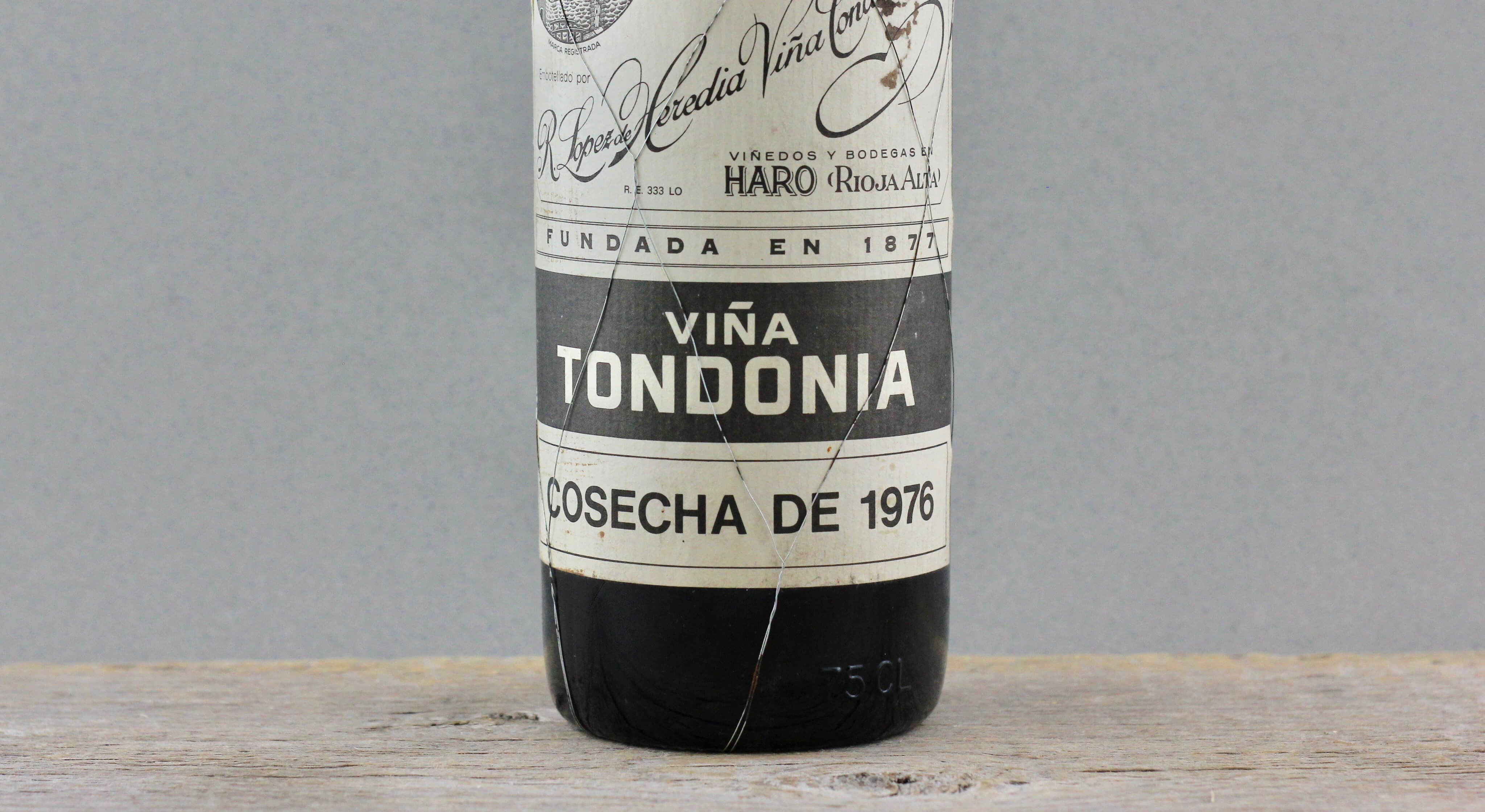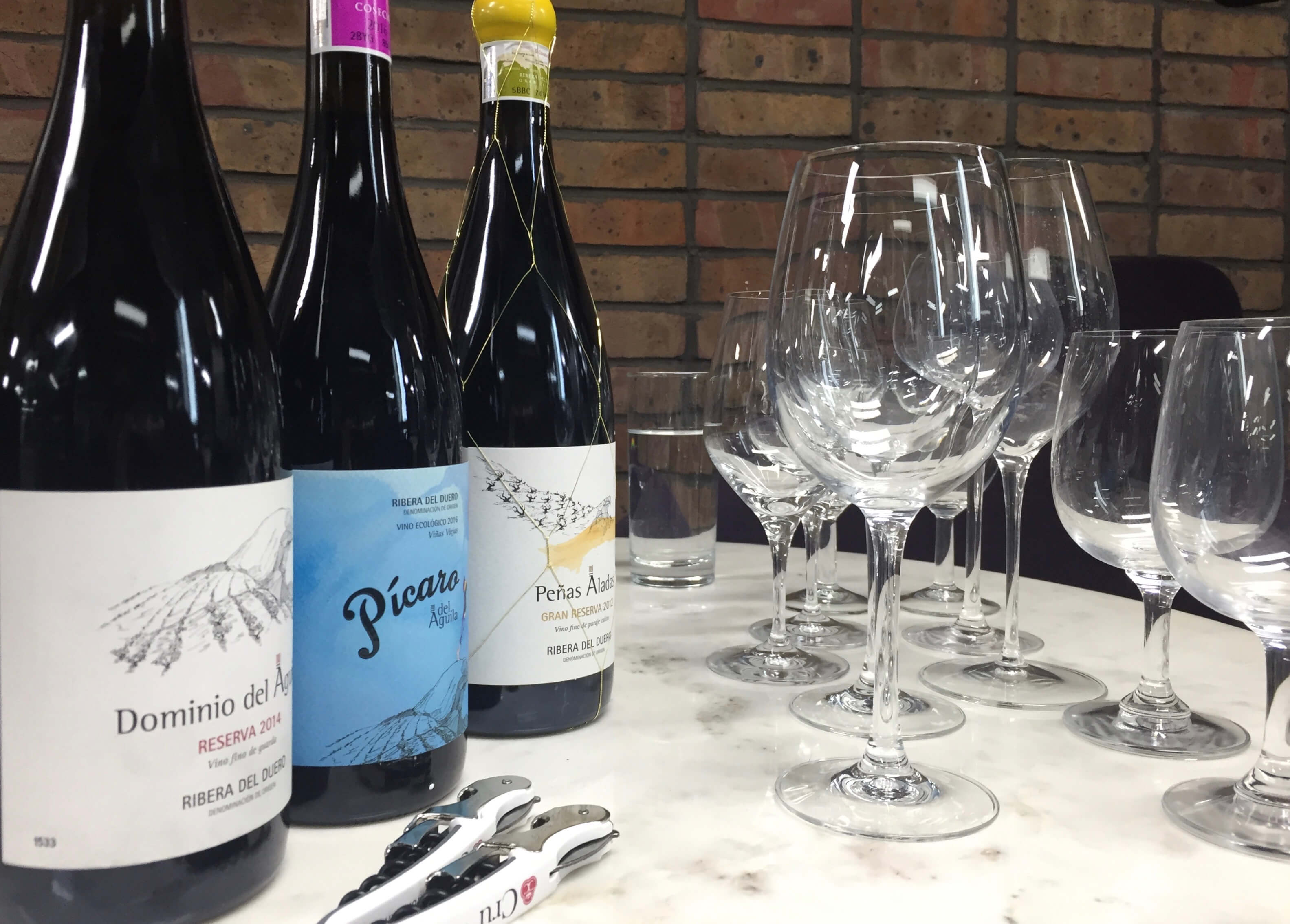

Madeira is one of the few places left on earth where there remains a treasure trove of historic wine, and Pereira d’Oliveira is without a doubt the best source. Founded in 1820, the estate has always been owned and run by the same family, meaning that whether you open a bottle from 1850 or 1993, the wine inside was made by a d’Oliveira. The wines have spent their whole lives slowly maturing in cask, only bottled when required. We have access to a wide range of vintages straight from the cellars near Funchal going back to 1850, all these vintages and all the different varietals maintain the house style of power, structure, richness and a unique tangy freshness. It allows for an incredibly exciting opportunity to not only own a piece of history, but to experience this astoundingly complex wine in a variety of different stages of life.
Due to the method of production as well as the high levels of acidity, Madeira is almost indestructible and an open bottle will last months. This means a special bottle can be savoured over several different occasions and makes the purchase look rather good value. Unlike sherry which is characteristically low in acid and port which is sticky and sweet, Madeira can be both palate cleansing and age-worthy, making it an incredibly versatile drop (not to mention the wide range of styles and levels of sweetness that could see a meal through from aperitif to dessert, with everything in between).
The styles can be confusing, so we provide a little guide here for reference. The names of the styles below are based on names of ‘noble’ indigenous varietals, now in short supply and found in only the finest wines.
Sercial
The driest style, the grapes are grown at high altitudes and have searingly high acidity. They need a lot of bottle age to soften but are incredibly ageworthy and complex once they do.
Verdelho
More medium dry though still with high levels of acidity, it is generally elegant and displays good balance.
Bual/Boal
Darker and richer wines with more sweetness coming from warmer sites; acidity levels are still high though not as prominent as in Sercial and Verdelho grapes. The wines generally are fragrant with caramel and raisin notes.
Terrantez
A low yielding grape with more range of style – from drier to sweet – but plenty of complexity. Largely only found in older bottlings now, it is a fascinating and old-fashioned variety.
Malmsey/Malvasia
Grapes grown in the hottest sites and making the stickiest and sweetest wines but with impressive acidity. This acid and sugar preserves the wine almost indefinitely. They are relatively pale in colour.






















